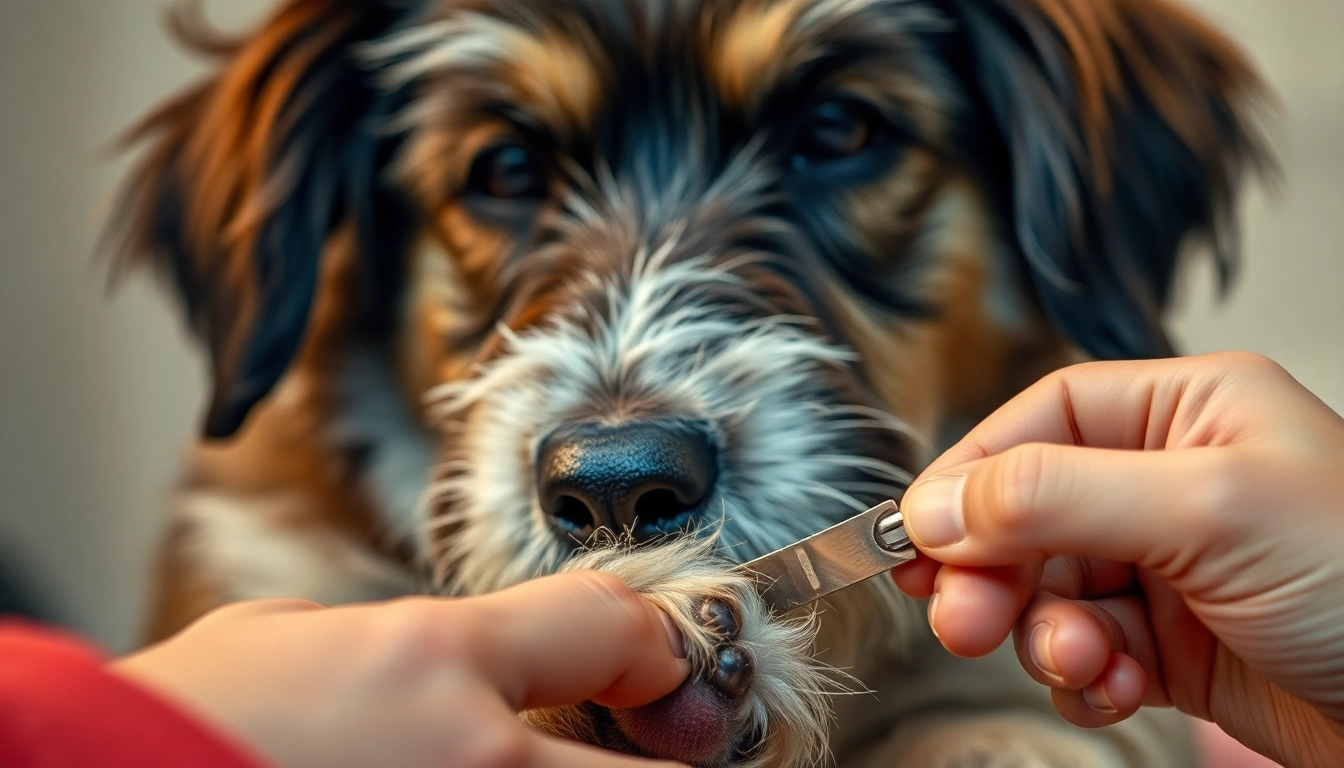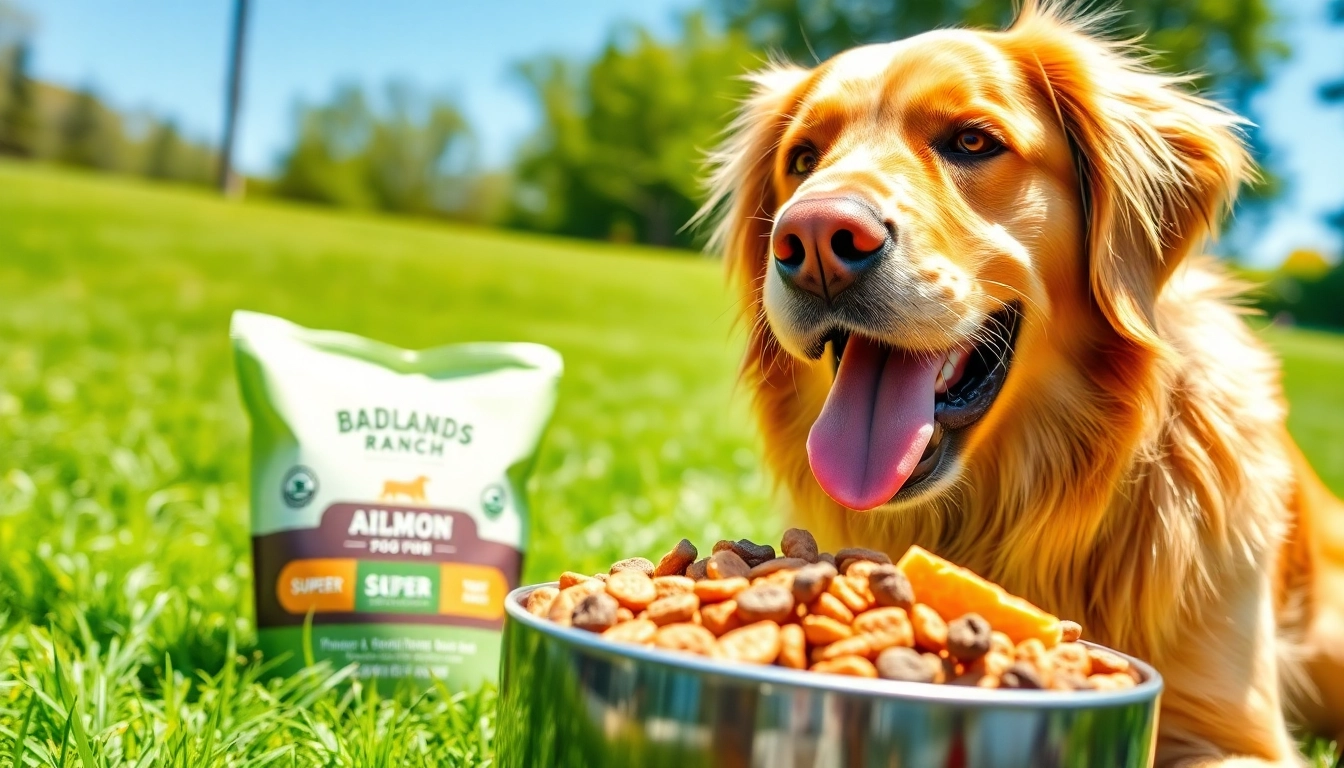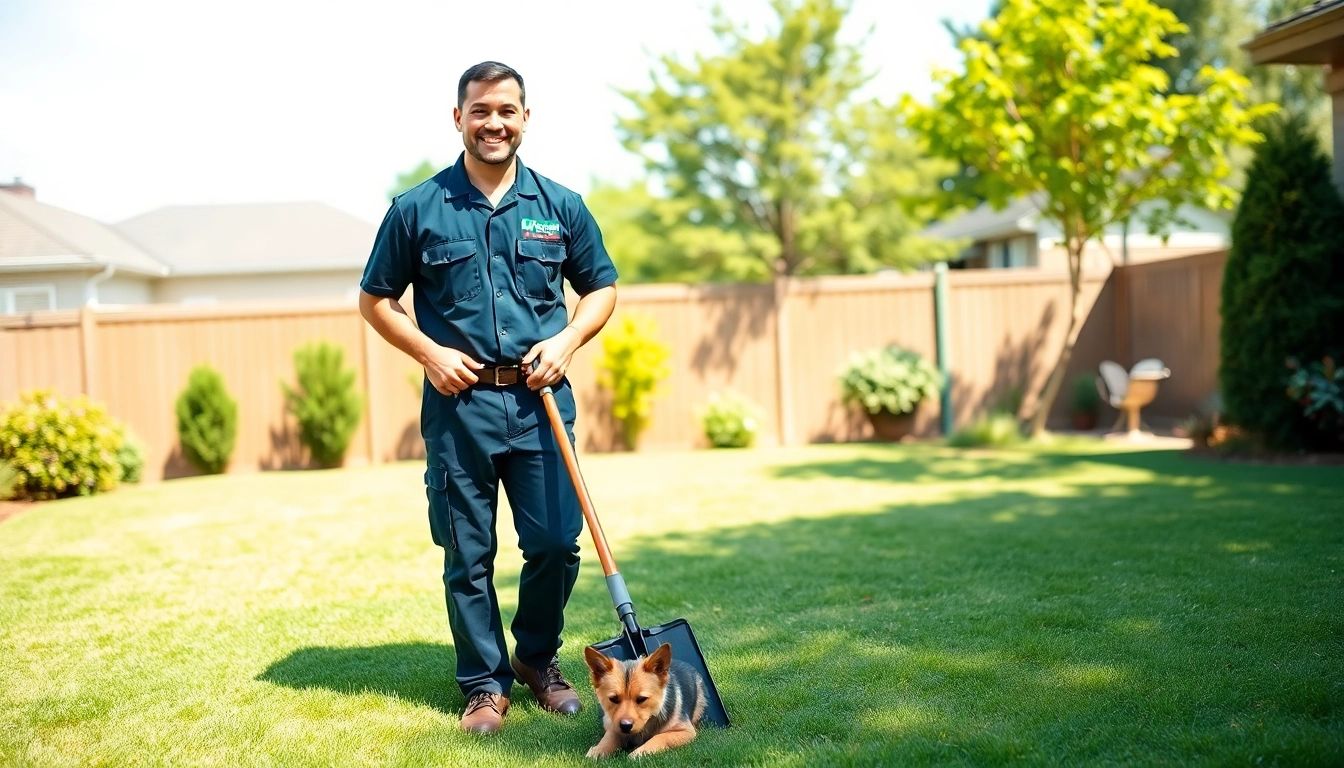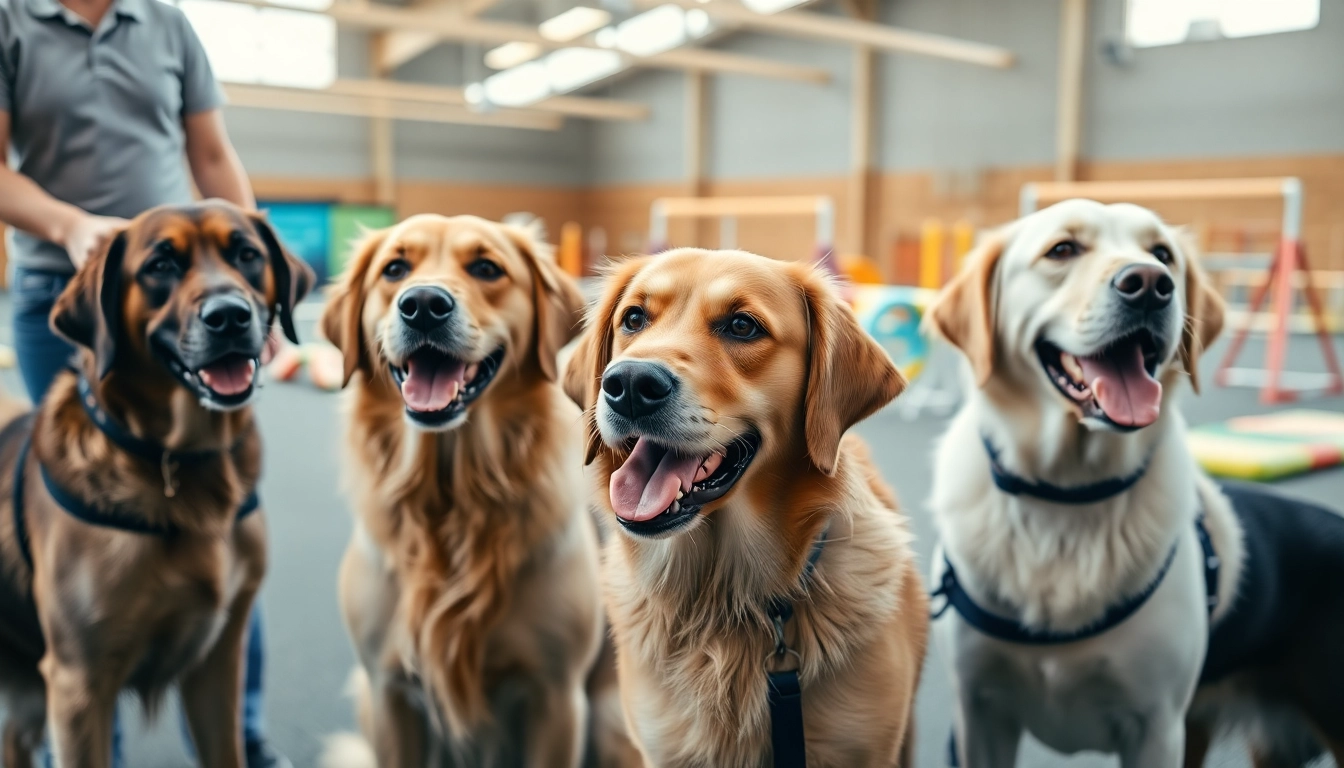Understanding the Importance of Dog Nail Grooming
Maintaining a dog’s nail health is crucial for their overall well-being. Regular dog nail grooming not only keeps your dog’s feet healthy but also helps prevent various health issues related to their paws. Neglecting this aspect of grooming can lead to discomfort, pain, and even behavioral changes in your furry friend. Therefore, understanding the importance of dog nail grooming is essential for any responsible pet owner. It is not just about aesthetics; it relates directly to their ability to walk, run, and play freely.
Why Regular Nail Care is Vital for Dogs
Regular nail care is vital for several reasons. Firstly, overgrown nails can become painful for dogs, causing discomfort when they walk. The extra length can lead to cracked or broken nails, leading to bleeding and infection. Additionally, long nails can force a dog’s foot into an abnormal position, resulting in joint pain and mobility issues. Proper nail grooming prevents these problems before they develop, ensuring your dog’s comfort and health.
Signs Your Dog Needs a Nail Trim
Recognizing when your dog needs a nail trim is essential for their comfort. If you can hear your dog’s nails clicking on hard floors, it is a clear sign that they need some attention. Other signs include visibly overgrown nails, which may curl or splay to the side, and difficulty walking or running. Additionally, if you notice your dog frequently licking their paws or showing signs of discomfort when walking, it may be time for a grooming session.
The Benefits of Professional vs. At-Home Grooming
When it comes to dog nail grooming, pet owners often weigh the benefits of professional grooming services against at-home grooming. Professional groomers are trained to handle dogs of all breeds and sizes, which can be especially beneficial for nervous dogs or those with difficult nail structures. They also have access to high-quality, specialized equipment, such as the dog nail grooming tools that can make the process easier.
However, at-home grooming can be advantageous for pet owners who prefer a more hands-on approach and want to save money. It allows for a bonding experience between you and your dog and may reduce anxiety caused by unfamiliar environments. Ultimately, the choice between professional and at-home grooming depends on your dog’s temperament, your skill level, and your budget.
Tools and Techniques for Effective Dog Nail Grooming
Equipping yourself with the right tools and techniques is crucial for effective dog nail grooming. Understanding the options available and selecting the best tools tailored to your dog’s needs can enhance the grooming experience and lead to better outcomes.
Choosing the Right Nail Clippers for Your Dog
Selecting the appropriate nail clippers is an essential first step in the dog grooming process. There are several types of dog nail clippers available, including scissor type, guillotine type, and electric grinders. Scissor clippers are suitable for medium to large dogs, while guillotine clippers are more effective for smaller breeds. It’s critical to choose a pair that feels comfortable in your hands and is sharp enough to make clean cuts.
Exploring Alternatives: Nail Grinders and Files
Nail grinders and files offer an alternative to traditional clippers, providing a smooth finish and reducing the risk of splitting. Grinders use a rotating file to gently wear down the nails and can be less intimidating for some dogs. However, they do require a steady hand and can take longer than clipping. Regular use of grinders can help maintain nail health and provide a fantastic finish.
Tips for Reducing Anxiety During Grooming Sessions
Many dogs experience anxiety during nail grooming. To mitigate this, create a calm and positive environment. Use treats and gentle praise throughout the grooming process to reassure your dog. Consider engaging in short, regular grooming sessions to acclimate your pet to the process gradually. Additionally, familiarize them with the sound of clippers or grinders before starting, and always ensure you have adequate lighting to see what you’re doing. Incorporating these strategies can make the experience more comfortable for both you and your dog.
Step-by-Step Guide to Dog Nail Grooming
Understanding the step-by-step process of dog nail grooming can empower pet owners to perform this important task effectively and safely. With proper preparation and technique, even novice groomers can successfully maintain their dog’s nail health.
Preparing Your Dog for Nail Grooming
Preparation is a key component of successful dog nail grooming. Begin by creating a designated grooming space that is calm and free from distractions. Gather all necessary tools such as clippers, grinders, treats, and soothing wipes. Before you start, ensure that your dog is relaxed and comfortable; this may involve a brief play session or a walk to expend excess energy. Familiarizing your dog with the grooming tools can also help ease their anxiety. Allow them to sniff and explore the equipment before proceeding.
How to Safely Trim Your Dog’s Nails
When trimming your dog’s nails, begin by selecting the right position. You can either sit your dog on a comfortable surface or hold them in your lap. If your dog is larger, a grooming table can be useful. Firmly hold the paw and gently press on the pad to extend the nails. Carefully clip just the tip of the nail to avoid cutting into the quick, which is the sensitive area that contains blood vessels and nerves. If using a grinder, it’s best to work in short intervals to prevent heat discomfort. Be patient and take breaks; if your dog shows signs of stress, take a moment to calm them down.
Aftercare Tips for Your Dog’s Paws
Once grooming is complete, inspect your dog’s paws for any signs of bleeding or trauma. If you notice a cut, apply a styptic powder to stop any bleeding. After the grooming session, be sure to provide plenty of praise and treats to reinforce positive behavior. It’s also essential to check their pads for any debris, which can cause irritation. Regular aftercare helps keep your dog’s paws clean and in good condition, contributing to their overall health.
Common Mistakes to Avoid in Dog Nail Grooming
Dog nail grooming can be a straightforward process, but mistakes can often lead to injury or stress for both you and your pet. By understanding these common pitfalls, you can ensure a safer and more effective grooming experience.
Over-Trimming: Understanding the Risks
Over-trimming is one of the most common mistakes in dog nail grooming. Cutting too close to the quick can cause pain and bleeding, which makes your dog fear future grooming sessions. To avoid over-trimming, it’s crucial to only trim small amounts at a time, especially if your dog has dark nails where the quick is not visible. Using a light to illuminate the nail area can sometimes help, and always err on the side of caution.
Ignoring Your Dog’s Behavior Signals
Dogs communicate their feelings through body language. Ignoring signs of anxiety, such as withdrawing or growling, can escalate the grooming process into a negative experience. Be attentive to your dog’s cues and take breaks as needed. If your dog is too anxious, it may be best to pause and resume grooming later or consult a professional groomer to help.
Neglecting Regular Grooming Routines
Neglecting regular nail grooming can lead to overgrown nails and the associated health problems. Establishing a regular grooming schedule is vital. Depending on your dog’s breed and activity level, aim to trim their nails every 3-4 weeks. Keeping a consistent routine not only helps maintain nail health but also allows your dog to become accustomed to the process, making it less stressful over time.
Choosing Professional Grooming Services
For many pet owners, the question of whether to utilize professional grooming services arises frequently. Understanding how to choose the right grooming service and what to expect can ease this decision.
What to Look for in a Dog Groomer
When selecting a dog groomer, it’s critical to look for professionals with proper training and experience. Check for reviews and recommendations from other pet owners. A groomer should be familiar with various dog breeds and temperaments and provide a calm and professional environment. Don’t hesitate to ask about their grooming techniques, tools used, and how they handle anxious dogs.
Understanding Grooming Costs and Packages
Grooming costs can vary widely depending on the services provided, your dog’s size, and breed. Some grooming services offer packages that include nail trimming, baths, and full grooming. Understand what’s included in the price, and inquire about any additional fees that might arise during your visit. Knowing the costs upfront can help you budget and avoid surprises.
Questions to Ask Before Hiring a Grooming Service
Before committing to a grooming service, ask critical questions that can inform your decision. Inquire about their experience with your dog’s breed and any specific grooming needs they might have. Ask how they handle dogs that are nervous or aggressive and how they ensure the safety and comfort of all pets during groomings. Gathering this information can help you find a service you can trust with your beloved pet.



